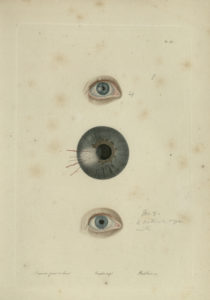Like most cultural institutions in the greater Philadelphia area, the Historical Medical Library (HML) along with the rest of the College of Physicians of Philadelphia, closed to the public in mid-March due to the COVID-19 pandemic.
We closed in a hurry, with about 3 hours warning. Our focus was on securing the collection before we gave thought to what files we might need to take home with us to support work for an unknown period of time.
And being a librarian is challenging when you are away from your collection, particularly since the HML staff had been working intently on collections maintenance prior to closure. But as those of you in the profession know, there is always “virtual” work that can be done from the comfort of home.
Read more

